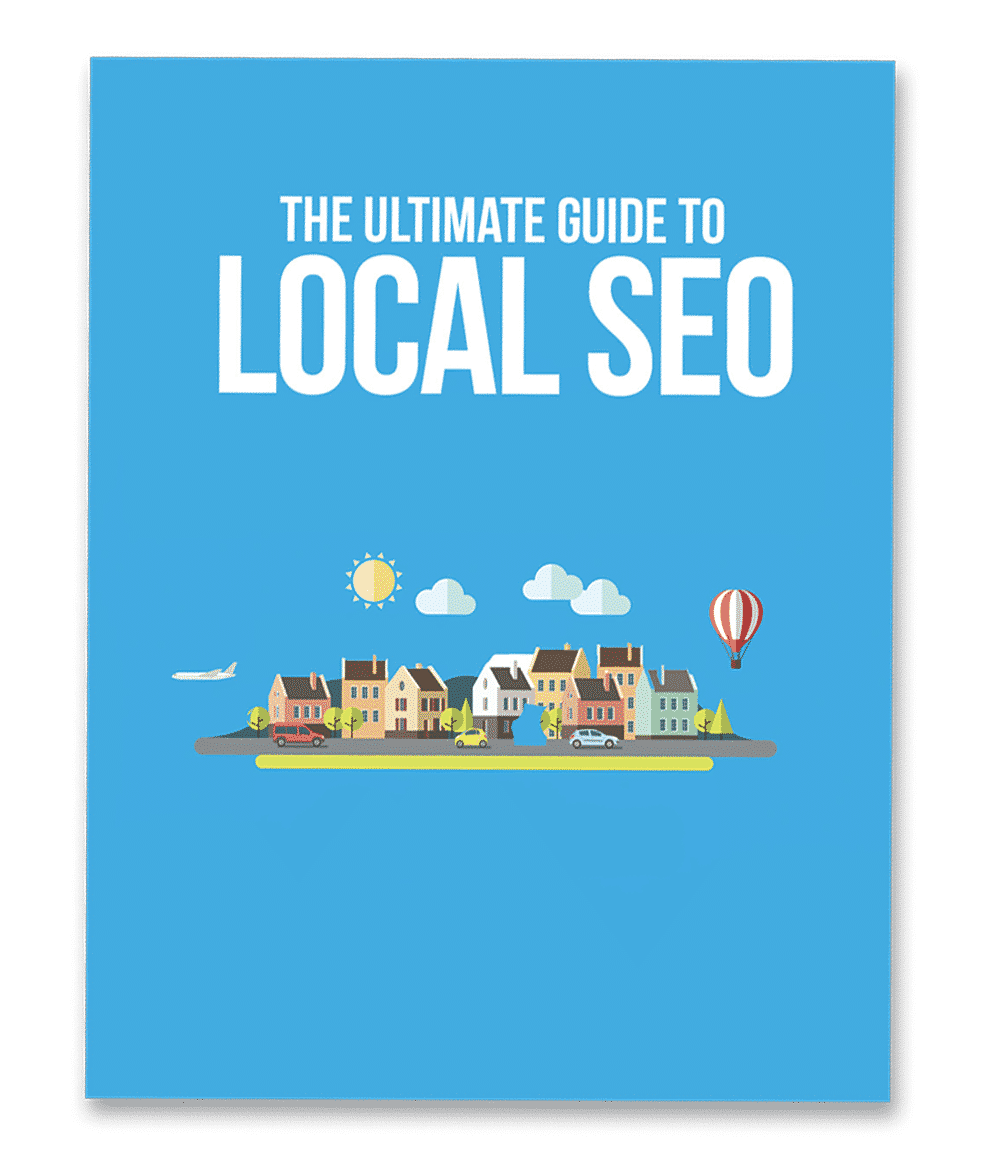Crafting Connections: Plastic Surgery SMM
In the digital age, social media has revolutionized the way plastic surgery practices engage with patients, build relationships, and establish their brand presence. Social media marketing offers a unique opportunity for practices to showcase their expertise, share valuable content, and connect with prospective patients on a more personal level. This comprehensive guide explores the intricacies of plastic surgery social media marketing, delving into key factors and strategies for creating an effective and impactful social media strategy.
Understanding the Role of Social Media in Plastic Surgery Marketing
Defining Plastic Surgery Social Media Marketing
Plastic surgery social media marketing involves leveraging social media platforms such as Facebook, Instagram, Twitter, LinkedIn, and TikTok to promote a practice’s services, engage with followers, and build brand awareness. Through strategic content creation, community engagement, and targeted advertising, practices can reach a wider audience, drive website traffic, and generate leads.
The Significance of Social Media in Patient Acquisition
Social media has become an integral part of the patient journey in plastic surgery. Patients often turn to social media platforms to research procedures, find inspiration, and seek recommendations from friends and influencers. By maintaining an active presence on social media, practices can position themselves as trusted authorities in the field, foster relationships with current and prospective patients, and drive patient acquisition.
Key Components of an Effective Plastic Surgery Social Media Marketing Strategy
Content Strategy and Planning
Creating Compelling Content
The foundation of any successful social media marketing strategy is compelling content that resonates with the target audience. Plastic surgery practices should develop a content strategy that includes a mix of educational, informative, and engaging content. This may include before-and-after photos, patient testimonials, procedure explainer videos, behind-the-scenes glimpses of the practice, and tips for maintaining optimal results.
Content Calendar and Scheduling
Consistency is key in social media marketing. Practices should create a content calendar to plan and schedule posts in advance, ensuring a steady stream of content across all platforms. A content calendar helps maintain a consistent posting frequency, allows for strategic timing of posts, and ensures that content aligns with practice goals and objectives.
Visual Branding and Aesthetics
Establishing a Visual Identity
Visual branding plays a crucial role in shaping a practice’s identity and perception on social media. Practices should establish a cohesive visual identity, including color schemes, fonts, and imagery, that reflects their brand values and resonates with their target audience. Consistent visual branding across all social media platforms helps reinforce brand recognition and fosters a sense of trust and familiarity with followers.
High-Quality Imagery and Graphics
In the visually-driven world of social media, high-quality imagery and graphics are essential for capturing attention and conveying professionalism. Practices should invest in professional photography and graphic design to create visually stunning content that showcases their work and expertise. High-quality before-and-after photos, procedure videos, and infographics can be particularly effective in engaging followers and driving engagement.
Community Engagement and Interaction
Building Relationships
Social media is inherently social, and practices should actively engage with their followers to build relationships and foster a sense of community. This includes responding to comments and messages promptly, liking and sharing user-generated content, and participating in conversations related to plastic surgery and aesthetics. By engaging authentically with followers, practices can humanize their brand and cultivate a loyal and engaged audience.
User-Generated Content (UGC)
User-generated content, such as patient testimonials, reviews, and photos, is a powerful tool for social proof and credibility. Practices should encourage patients to share their experiences and results on social media and leverage UGC in their marketing efforts. Reposting UGC not only showcases the practice’s work but also fosters a sense of community and belonging among followers.
Influencer Partnerships and Collaborations
Leveraging Influencer Marketing
Influencer marketing has emerged as a popular strategy for reaching new audiences and building brand awareness on social media. Plastic surgery practices can partner with influencers, such as beauty bloggers, lifestyle influencers, or patients-turned-advocates, to promote their services and share their expertise. Influencer partnerships can help practices reach highly targeted demographics and tap into new markets while leveraging the influencer’s credibility and influence.
Paid Advertising and Targeted Campaigns
Strategic Advertising
Paid advertising on social media platforms allows practices to reach specific demographics, interests, and behaviors with precision targeting. Practices can create targeted ad campaigns to promote specific procedures, events, or promotions to relevant audiences. By leveraging advanced targeting options and ad formats, such as carousel ads, video ads, and lead generation ads, practices can maximize the effectiveness of their advertising efforts and drive measurable results.
Tracking and Analytics
Measuring Performance
Measuring the performance of social media marketing efforts is essential for evaluating ROI and optimizing strategies for success. Practices should use social media analytics tools to track key performance indicators (KPIs) such as engagement rate, reach, impressions, clicks, and conversions. By analyzing data and insights, practices can identify trends, understand audience preferences, and refine their social media strategy to achieve better results over time.
Continuous Learning and Adaptation
Staying Ahead of Trends
In the fast-paced world of social media, practices must stay ahead of trends and adapt to changes in algorithms, user behaviors, and platform features. By staying informed about emerging trends, best practices, and industry developments, practices can capitalize on new opportunities and maintain a competitive edge in the ever-evolving landscape of social media marketing.
Furthermore, the dynamic nature of social media platforms allows plastic surgery practices to adapt their strategies based on real-time feedback and insights. By monitoring engagement metrics, tracking audience behavior, and analyzing the performance of individual posts and campaigns, practices can identify what content resonates most with their audience and adjust their strategy accordingly. This iterative approach enables practices to continually refine their social media efforts, optimizing for maximum impact and effectiveness.
In addition to organic content, paid advertising on social media platforms offers a valuable opportunity for plastic surgery practices to reach new audiences and drive targeted traffic to their website or landing pages. With sophisticated targeting options, practices can tailor their ads to specific demographics, interests, and behaviors, ensuring that they reach the most relevant and qualified audience segments. By investing in strategic paid advertising campaigns, practices can amplify their reach, increase brand awareness, and drive conversions.
Moreover, social media platforms provide valuable tools and features for tracking and analyzing the performance of paid advertising campaigns. Practices can access detailed analytics and insights, such as ad impressions, clicks, conversions, and return on ad spend (ROAS), to measure the effectiveness of their campaigns and optimize for better results. By leveraging data-driven insights, practices can refine their targeting, creative messaging, and ad placements to maximize ROI and achieve their advertising goals.
Influencer marketing is another powerful strategy that plastic surgery practices can utilize to expand their reach and credibility on social media. Partnering with influencers, such as beauty bloggers, lifestyle influencers, or patients with a significant following, allows practices to tap into established audiences and leverage the influencer’s credibility and influence. Influencers can create authentic and engaging content that showcases the practice’s services and expertise, reaching new audiences and driving engagement and conversions.
Furthermore, patient testimonials and reviews are invaluable assets for social media marketing in the plastic surgery industry. Sharing real-life patient experiences and success stories humanizes the practice and provides social proof of its expertise and patient satisfaction. Practices should encourage satisfied patients to share their experiences on social media and leverage user-generated content in their marketing efforts. By showcasing the positive outcomes and testimonials of real patients, practices can build trust and credibility with prospective patients and differentiate themselves from competitors.
Ultimately, an effective social media marketing strategy for plastic surgery practices requires a holistic approach that integrates content strategy, community engagement, influencer partnerships, paid advertising, and data-driven optimization. By focusing on building authentic connections, providing valuable content, and leveraging the unique features and capabilities of social media platforms, practices can cultivate a strong online presence, attract new patients, and drive practice growth in the competitive landscape of cosmetic surgery. With strategic planning, creativity, and ongoing refinement, plastic surgery practices can harness the power of social media to achieve their business objectives and thrive in the digital age.
Conclusion
In conclusion, social media marketing offers plastic surgery practices a powerful platform for building relationships, showcasing expertise, and driving patient acquisition. By focusing on key components such as content strategy and planning, visual branding, community engagement, influencer partnerships, paid advertising, tracking and analytics, and continuous learning and adaptation, practices can create an effective and impactful social media strategy that resonates with their target audience and drives practice growth. With a commitment to authenticity, engagement, and value creation, plastic surgery practices can leverage the power of social media to connect with patients, foster trust and loyalty, and achieve their business objectives in the competitive landscape of cosmetic surgery.


